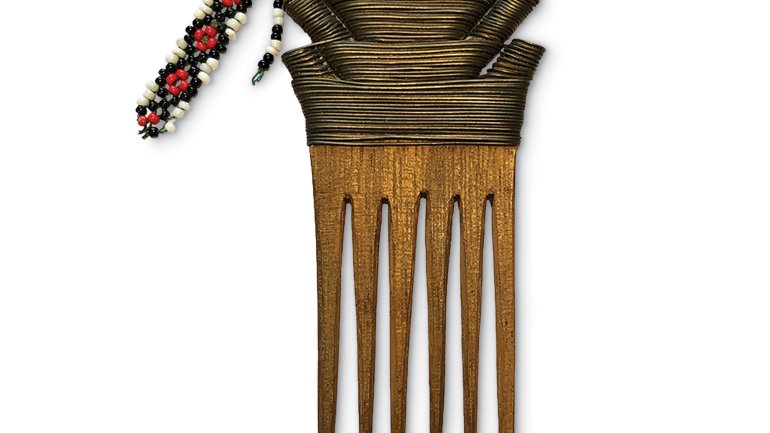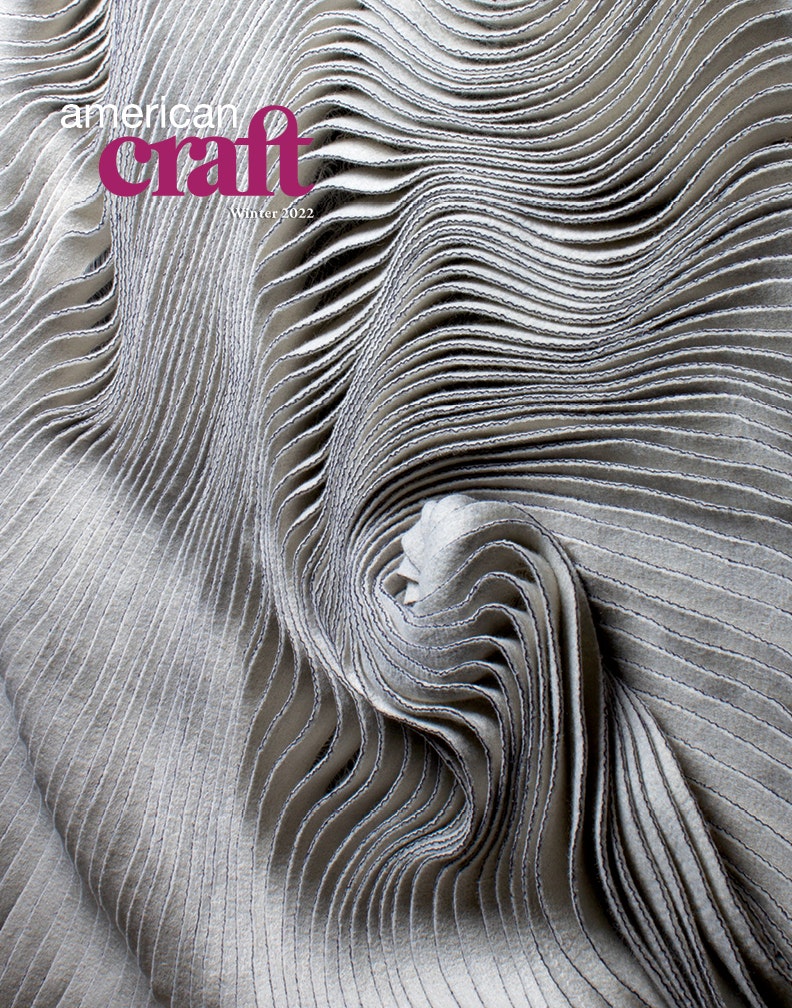Treasured Objects: Lucille Tenazas
Treasured Objects: Lucille Tenazas
This belief was debunked by my history teacher when, as a freshman in high school, I stood up to answer a question she had posed. With a stern face, she leveled her eyes at me and said: “Before you answer, let that hair grow. You look like a boy.” This made me resolve never again to let my mother prevail. Sensing my determination, she stopped forcing me to have my hair cut short.
Early on in my career as a young design professional, a friend gifted me with an amazing triad of combs. The set was noteworthy because the combs were not only in graduated sizes, but also represented an evolving showcase of materials and ornamentation – from the simple to the ornate. The smallest one was made of fine brass wire, the second of etched bamboo with abstract lines, and the last and most decorative with hanging beadwork worn by the T’boli women whose ancestral place is in Mindanao, the southern part of the Philippines. With my increasingly long hair, I proudly wore these on various occasions, matching the specific comb with what I was wearing, and received compliments on the delicacy of their designs.
In thinking about the various strands of my country’s history, I look back on its less-documented, pre-colonial past – the period before the arrival of the Spanish in 1521. Prior to colonization, gender hierarchies among the various tribes (including the T’boli) were egalitarian, with women holding powerful positions in their family units and communities. It was the arrival of the Spanish that created the gender inequality fostered by Catholicism, the overarching cultural framework that persists to this day. Ninety percent of the Philippines remains Christian, but the Filipinos in the southern region were able to keep more of their Indigenous cultures intact.
I realize now that the high school teacher at my Catholic girls school had bought into the physical manifestations of femininity, calling out my short hair because of how it opposed that ideal. She and my mother represented opposite sides of this divide. By insisting that my hair be cut short, my mother was, in fact, defying convention. The combs remind me how I have defied her to insist on my own identity, and how, in the process, I have “decolonized” my hair by wearing these ornaments from an earlier historical time where, long hair or not, women prevailed.
Lucille Tenazas is a designer and educator. She is the Henry Wolf Professor of Communication Design at Parsons School of Design in New York, and serves on the American Craft Council Board of Trustees.
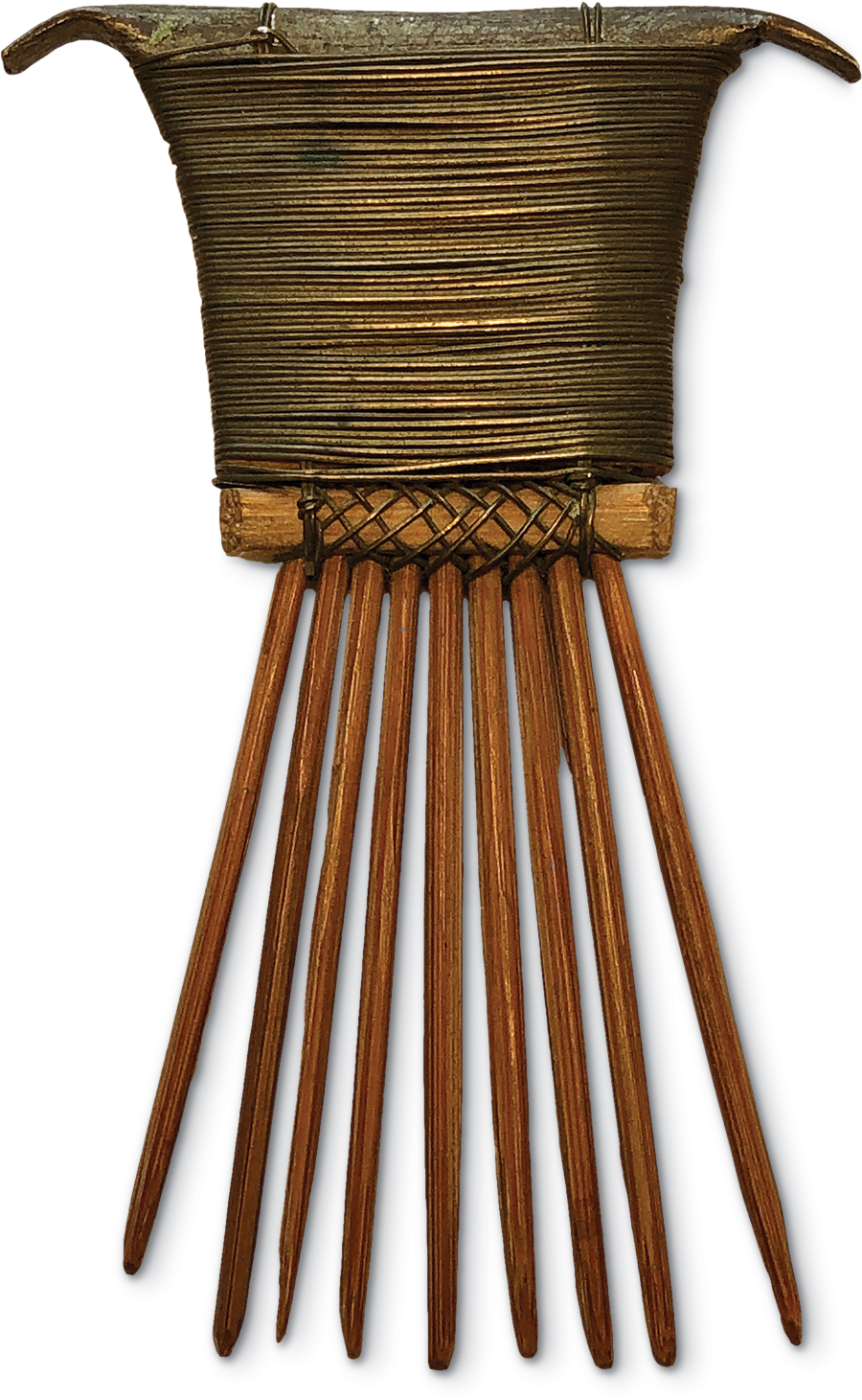
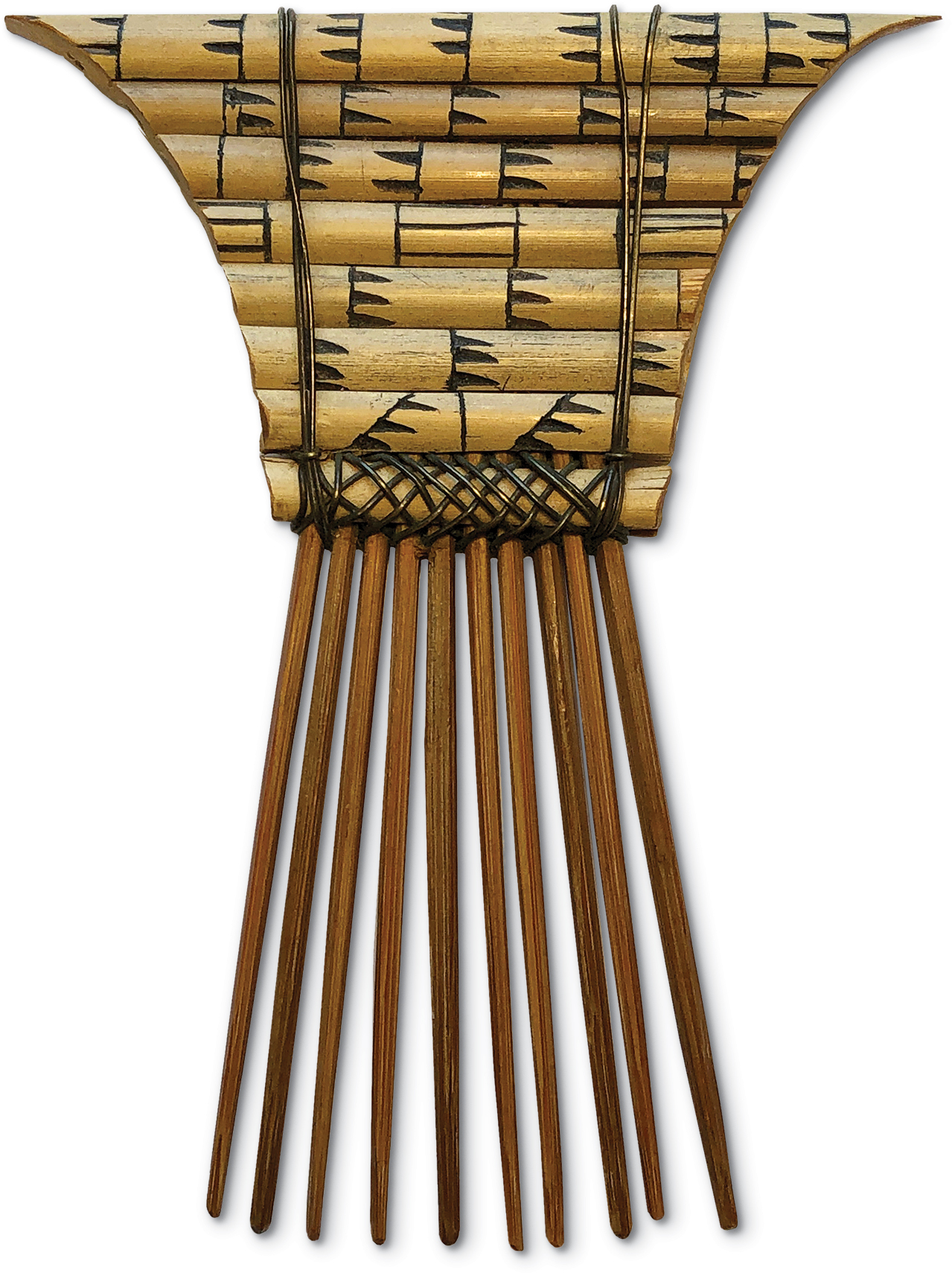
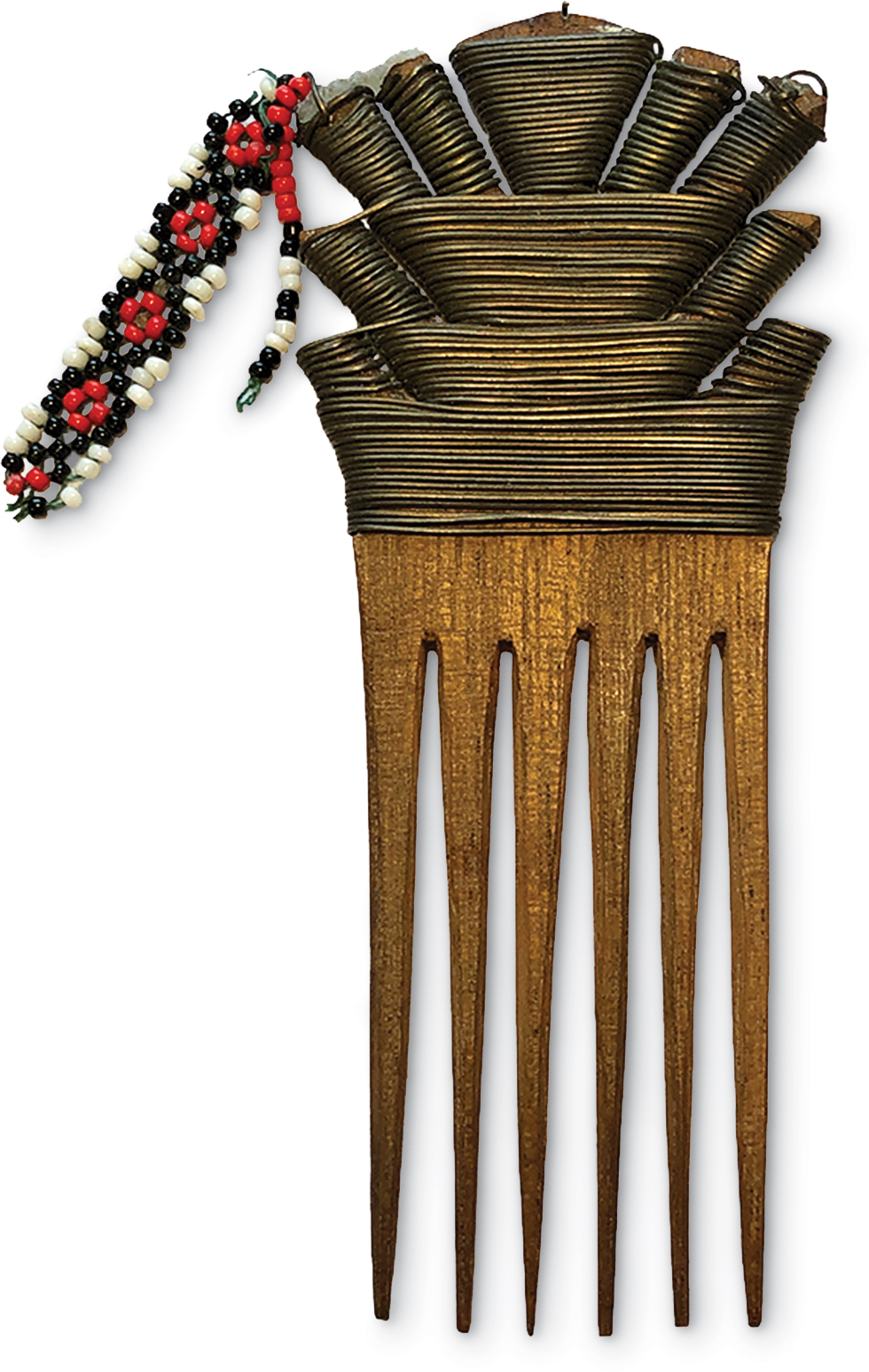
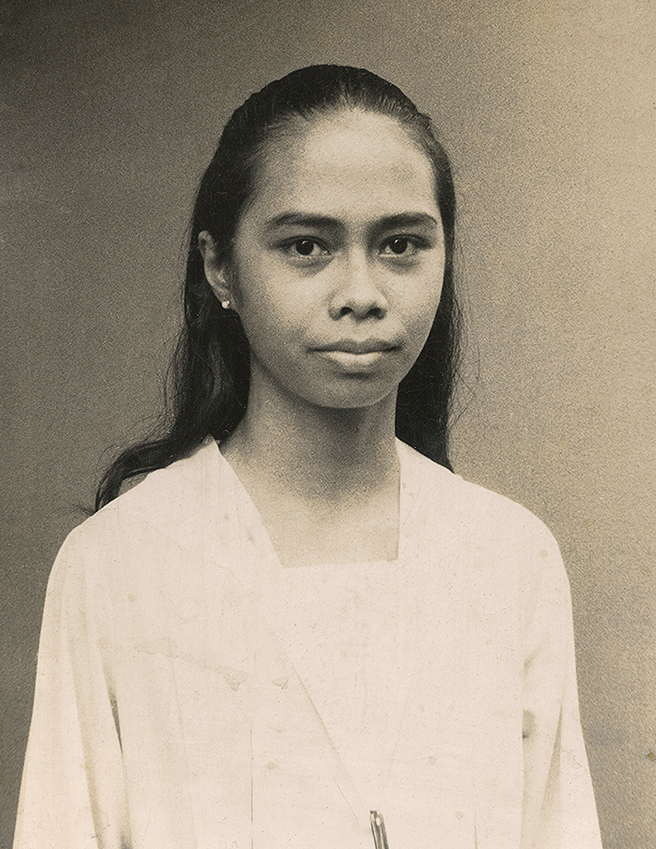
Photos courtesy of Lucille Tenazas.
Discover More Inspiring Object Stories in Our Magazine
Become a member to get a subscription to American Craft magazine and experience the work of artists who are defining the craft movement today.
